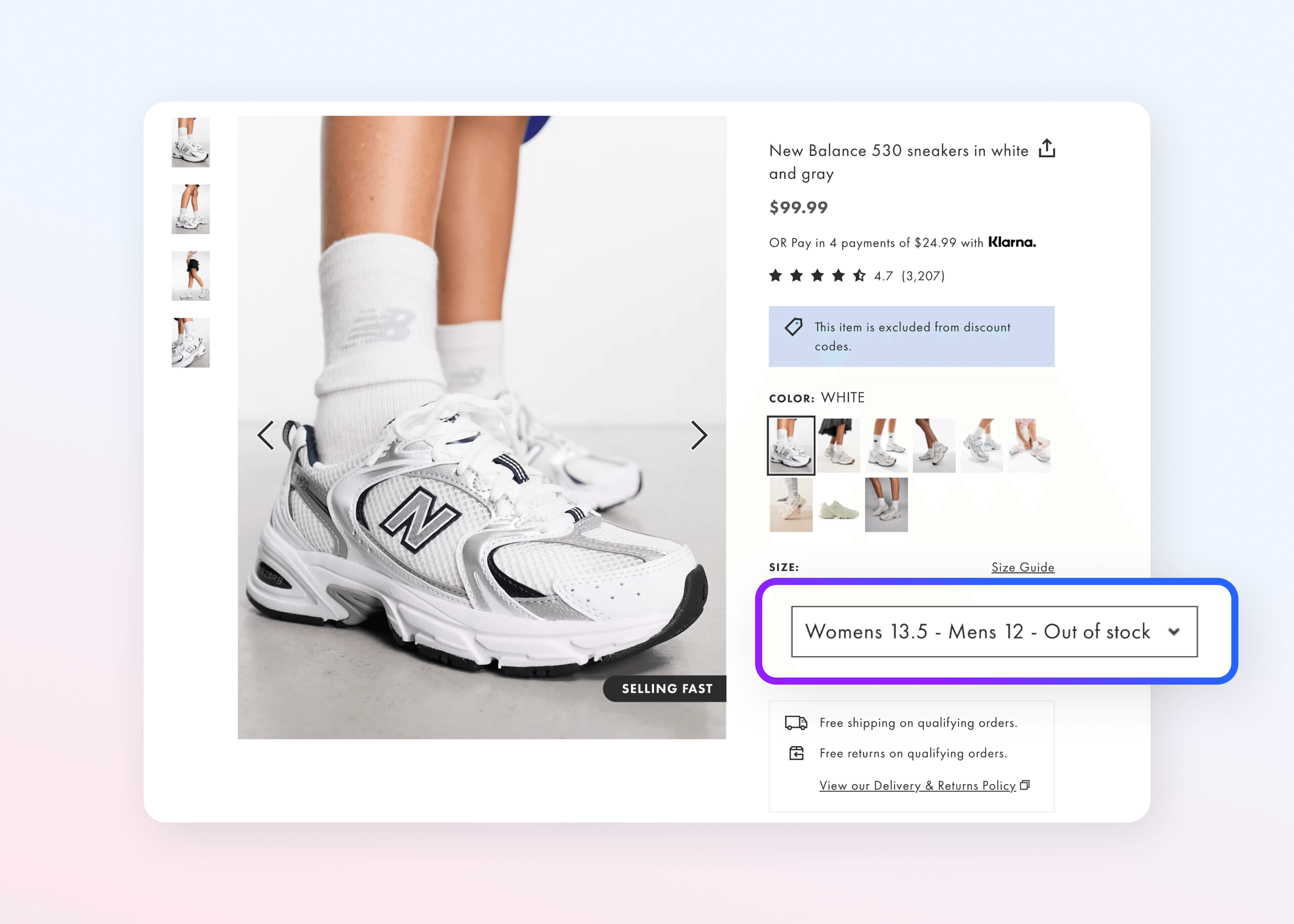Optimizing for Profitability with Marketplaces, Dropship and Retail Media

For retailers around the world, the name of the game right now is “efficiency.” Facing increased competition, economic uncertainty and inflation, CEOs and CFOs are doing everything in their power to lower costs and boost profits. Retail leaders are relying on multiple strategies to improve their balance sheets, both by making existing operations more efficient and by pursuing new opportunities for sustainable revenue.
Technology innovations and automation make it possible to reduce costs, but introducing new revenue streams can offer even greater potential for profitability. For market-leading global retailers like Macy’s, H&M and Maisons du Monde, the key is to tap into unowned inventory strategies like dropship and marketplace, using them to optimize assortment for maximum profits and long-term growth.
Let’s examine how these strategies can provide an immediate and long-lasting boost to retail balance sheets, and how retail leaders are setting examples.
Using Dropship and Marketplace to Boost eCommerce Profitability
Why are retailers attracted to unowned inventory strategies?
Online marketplaces and dropship solutions present an alternative way to offer products that aren’t cost-effective through first-party (1P) assortment. There are key differences in dropship vs. marketplace, but both strategies offer a path to better profit margins for retailers. In fact, dropshipping and marketplaces can be used together, ensuring that buyers can find everything they need in one place – regardless of who’s supplying or managing the inventory.
A dropshipping model is typically an ideal choice for retailers that have close existing wholesale relationships, as it allows them to build on core product categories while overcoming typical supply chain limitations. The dropshipping model ensures that the retailer maintains tight control over the customer experience, including pricing, branding and customer care. Other benefits of dropshipping include stronger negotiating power with vendors and a single buying relationship.
By comparison, with an enterprise marketplace, the customer experience is typically shared with the third-party seller, but the possibilities for expansion are significantly broader. With the marketplace model, retailers can test new products or entire new categories through third-party sellers, without inventory commitments. Instead of dealing with the growing pains and inefficiency of testing through first-party inventory, working with third-party sellers ensures that product offerings are low-risk and profitable from day one. Macy’s, America’s iconic fashion retailer, sees its marketplace serve as a gateway to the company’s broader owned inventory — 96% of marketplace shoppers also shop the first-party owned items available on the Macy’s site.
“With marketplace, we don’t have the inventory liability, but we have the opportunity to have the sales demand. That gives us a lot of flexibility to really lean into the notion of SKU productivity,” said Macy's CFO Adrian Mitchell.
How do these two platform strategies work together with a retailer’s first-party inventory? Imagine a hardware store or DIY retailer. The majority of its owned inventory will consist of smaller tools and equipment — items that are easy to store, manage and distribute with the retailer’s existing footprint. But its customers are also asking for adjacent product categories like furniture and home decor. Dropshipping allows the DIY retailer to offer large furniture items, which offer high profit margins even when fulfilled by a vendor partner. Meanwhile, an enterprise marketplace can connect shoppers with a range of curated home decor brands; in some cases, the third-party marketplace products can even be integrated into the retailer’s in-store offerings by offering ship-to-home options.
Diversifying Revenue Streams with Retail Media
Beyond unowned inventory strategies, retailers can further boost their eCommerce profits by implementing a retail media strategy. This fast-growing advertising approach, which is projected to reach $160 billion globally by 2027, allows retailers to monetize advertising space on their eCommerce storefront, offering valuable digital real estate to partner brands and other companies with similar target audiences.
Retail media can be paired with assortment expansion strategies or used standalone, and makes it possible for retailers to monetize their web traffic – even for the 97% of shoppers, on average, that don’t convert to a sale. Sellers and advertisers, faced with increasingly strict privacy laws and cookie depreciation, choose retail media because it boosts revenue by connecting them with a highly defined, motivated audience of shoppers. Advertisers can also take advantage of the retailer’s first party data to further target and measure their campaigns.
Mirakl Technology Solutions to Increase Profitability
A strong technology partner can simplify the transition to an unowned inventory strategy, while also offering additional benefits for increased profitability. Mirakl combines best-of-breed technology with deep industry expertise to both streamline enterprise marketplace and dropship operations and open the door to new growth opportunities, including retail media.
1. Expand and optimize product assortments
Marketplace and dropshipping models allow retailers to dramatically increase their product assortments in minutes by working together with third-party suppliers. Mirakl Connect, the platform’s powerful network of sellers and partners, makes it possible for retailers to connect and integrate immediately with both dropship and marketplace sellers. Mirakl Platform also makes it easy for retailers to integrate their entire catalog — both first-party and third-party — across their digital marketplace and dropship platform at the SKU level.
In Europe, the eco-friendly retailer Greenweez used marketplace technology to dramatically increase their assortment, adding 150,000 products from more than 500 curated sellers. The company’s CEO is already touting the boost to profitability.
“The marketplace model is more profitable than first-party in our industry, that’s a fact,” said Romain Roy, founder and CEO of Greenweez.
2. Automate your back office to reduce costs
A marketplace solution isn’t just a matter of bringing together different products in a unified storefront. Mirakl’s platform automates many of the most important marketplace operations, including terms and conditions, commission calculations, and the entire pay-out process for third-party brands. Mirakl also simplifies back office processes for dropshipping, allowing operators to configure onboarding documents and collect seller data in a single system. This database allows operators to automate dropship invoice reconciliation, avoiding manual processes and tedious back-and-forth emails.
3. Maximize profits with retail media
Launching an enterprise marketplace or dropship platform isn’t just a means of selling new products; it also provides a new opportunity for media and advertising. Mirakl is the only marketplace technology that offers a comprehensive retail media solution for owned inventory, dropship, and marketplace models. Purpose-built for organizations combining first-party products with an unowned inventory strategy, Mirakl Ads empowers retailers to diversify their business with a separate, highly profitable revenue stream.
Whether through a marketplace platform, dropship, or both, retailers will need to explore every possible avenue to increase profitability in the current economic environment.
According to Julie Walbaum, former CEO of French furniture retailer Maisons du Monde, “eCommerce does not erode our profitability and our marketplace is even improving it.” In France, 42% of the company’s online GMV now comes from their marketplace.
Click here to learn more about the Mirakl Marketplace Platform and other tools for an unowned inventory strategy.


